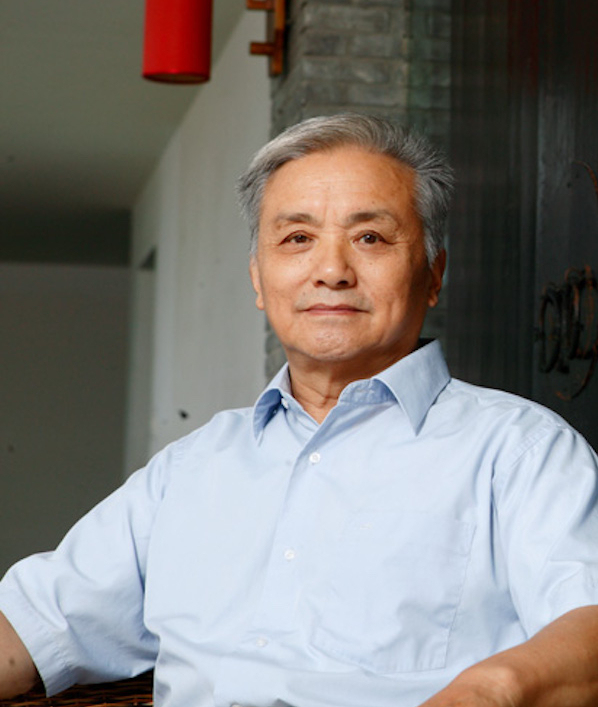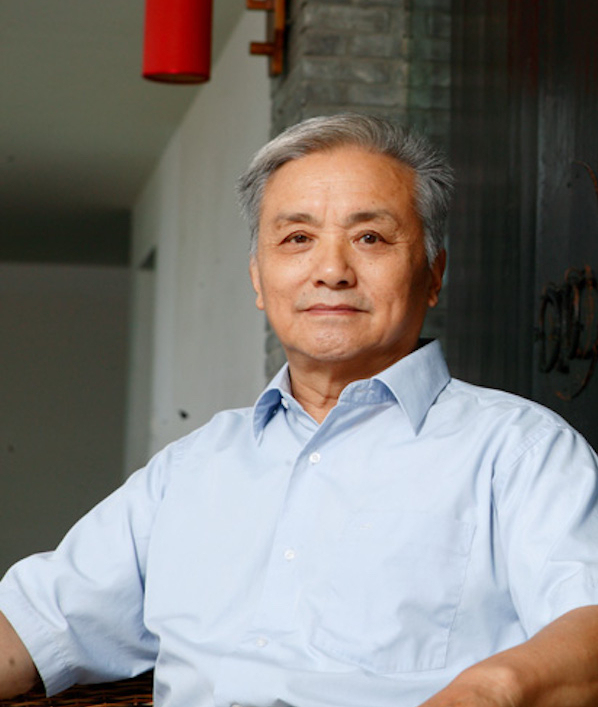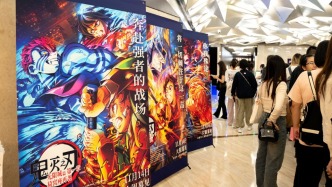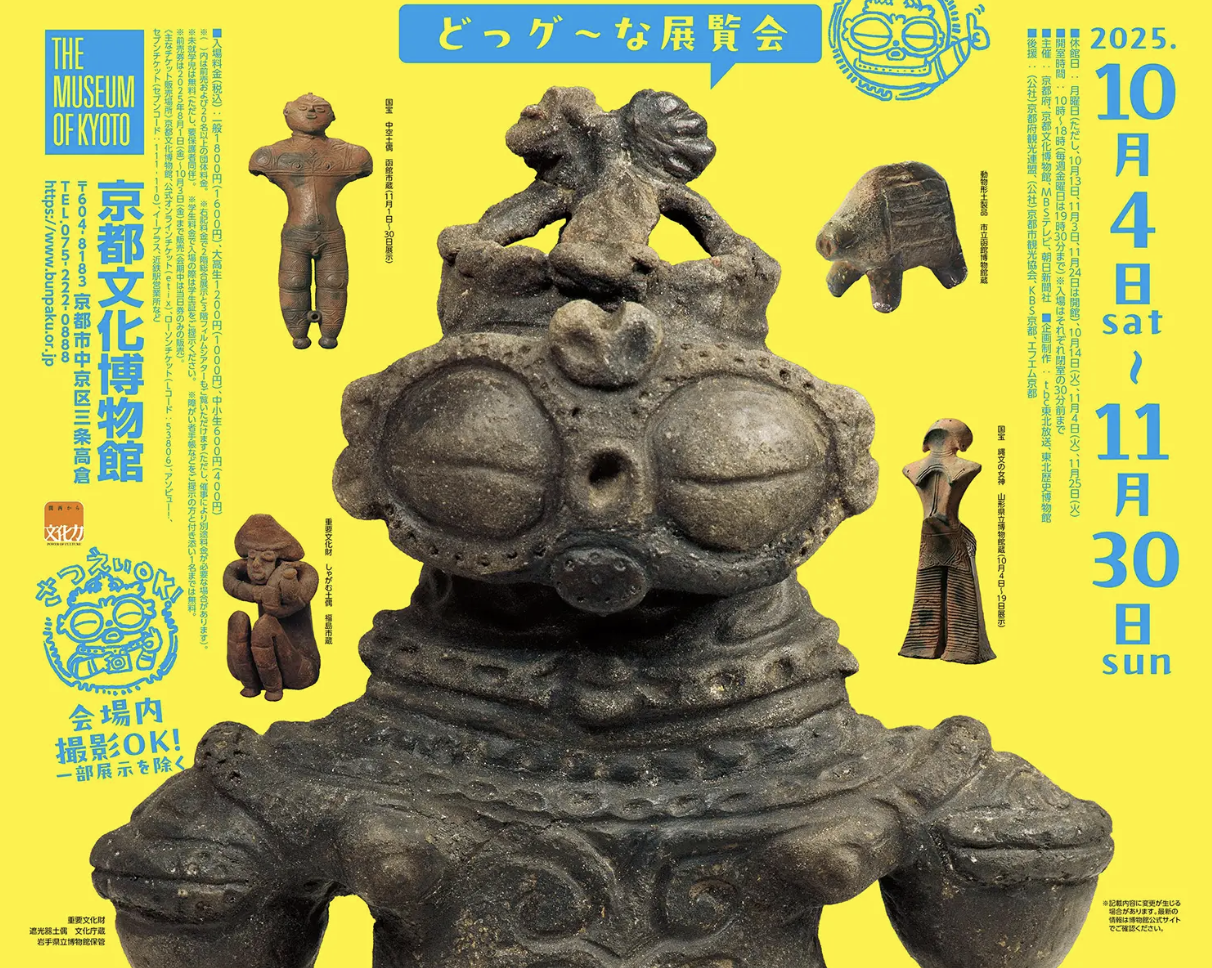
A dialogue of civilizations spanning thousands of years recently unfolded in Kyoto, Japan.
The Paper has learned that a special exhibition titled "The World of the Jomon Period: Treasures from the Jomon Prehistoric Sites of Northern Japan" has opened at the Kyoto Museum of Art. This exhibition, featuring approximately 250 precious artifacts, is the first of its kind to bring together artifacts from the Jomon Prehistoric Sites of Northern Japan, since the group was inscribed on the World Heritage List in 2021.
This exhibition uses physical objects to witness the achievements of Japan's prehistoric civilization and to understand why this culture, which lasted for thousands of years, still exudes such a fascinating charm today. Let's first look at a cute poster. Most exhibitions in Japanese museums prohibit photography, but this poster has a special reminder: "Photography is OK" (with some exceptions).

poster
A collection of national treasure clay figurines and important cultural properties
The Jomon Prehistoric Sites of Japan consist of 17 archaeological sites: six in Hokkaido, eight in Aomori, one in Iwate, and two in Akita. These cultural heritage sites preserve the lifestyle and culture of the Jomon people from over 10,000 years ago. "Jomon" refers to the rope-like patterns on pottery produced during this period. This period began approximately 15,000 years ago and lasted for over 10,000 years until the beginning of the Yayoi period.
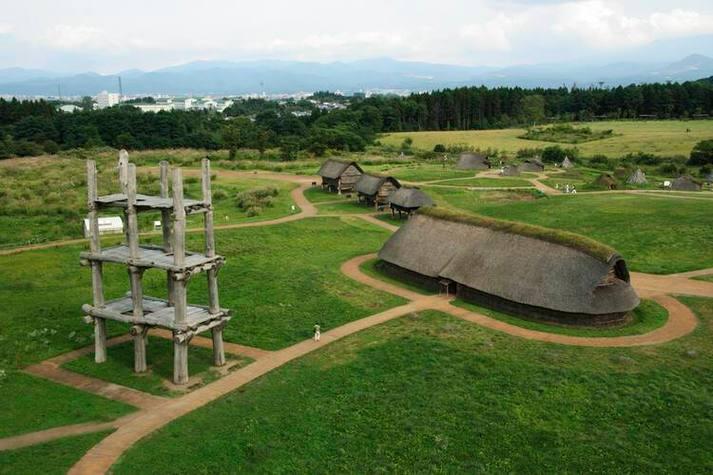
Jomon prehistoric ruins
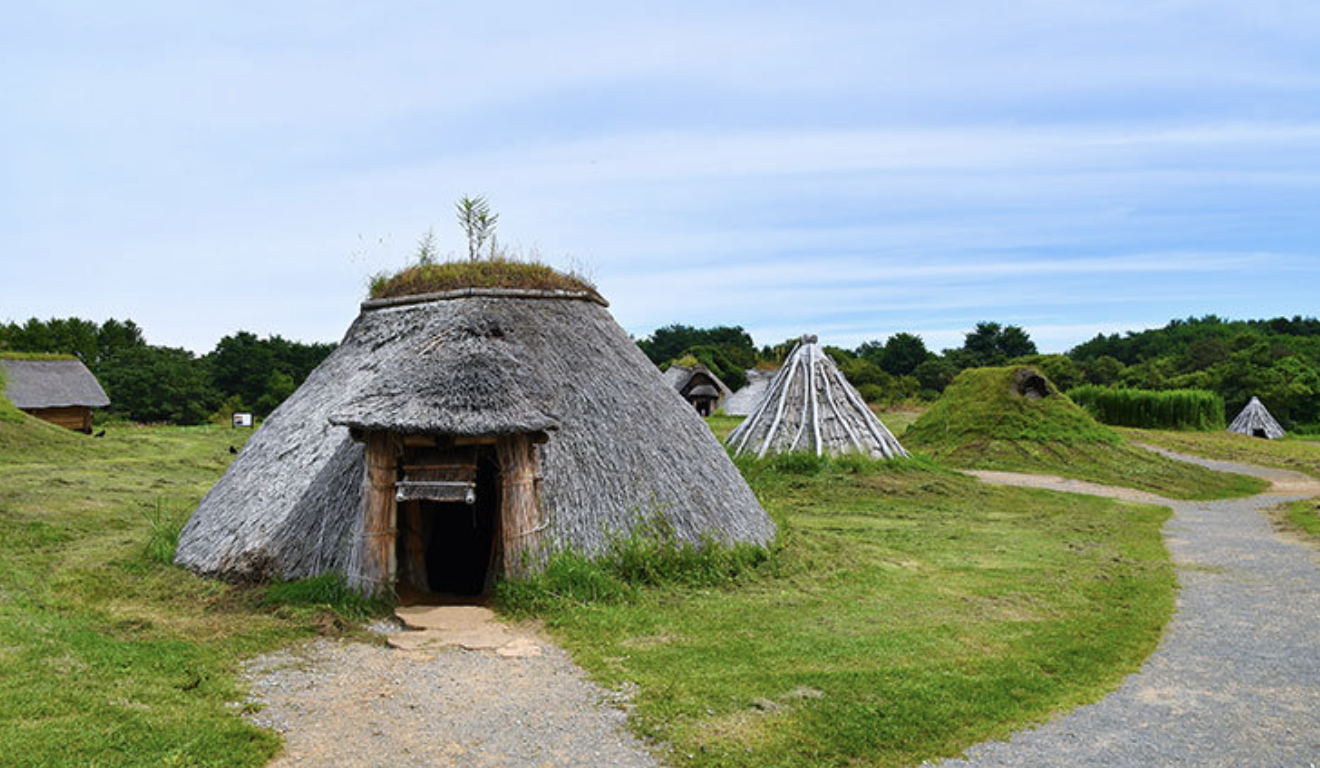
Jomon prehistoric ruins
The term "Jomon Period" dates back to 1877, when American zoologist Edward Morse discovered a shell mound at Omori in Tokyo. He named the pottery with cord-marked patterns "cord-marked pottery," hence the name "Jomon." These low-temperature, unglazed pottery initially featured functional patterns designed to prevent ropes from slipping, but they later evolved into a unique artistic expression.
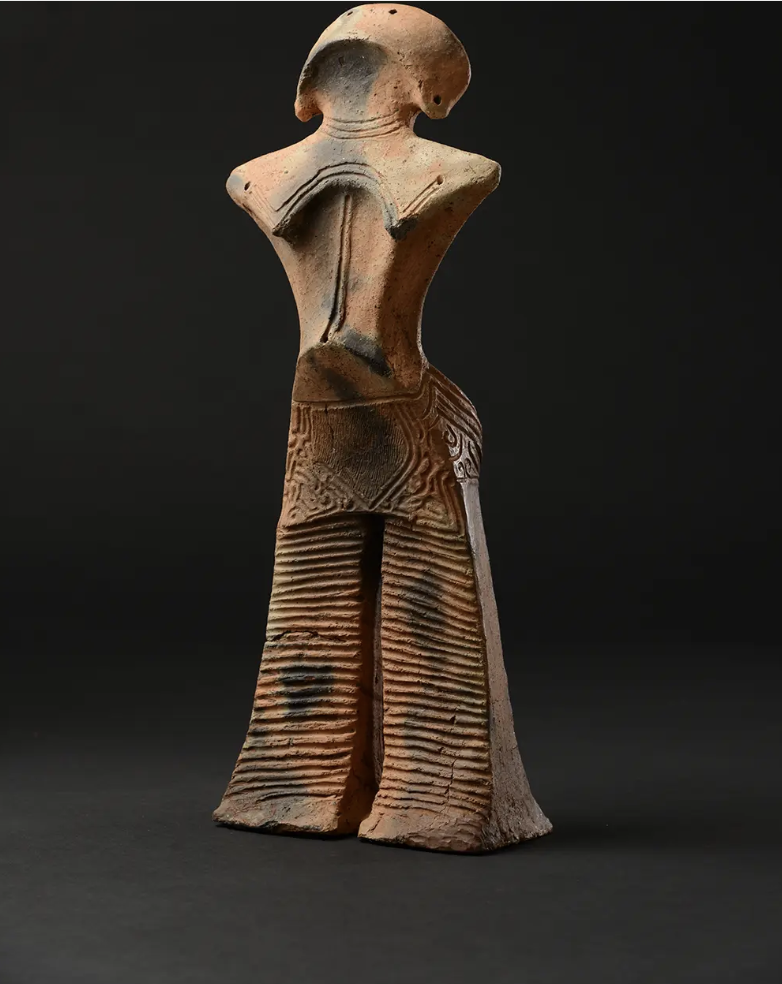
National Treasure "Jomon Goddess" (Yamagata Prefectural Museum, exhibited October 4-19)
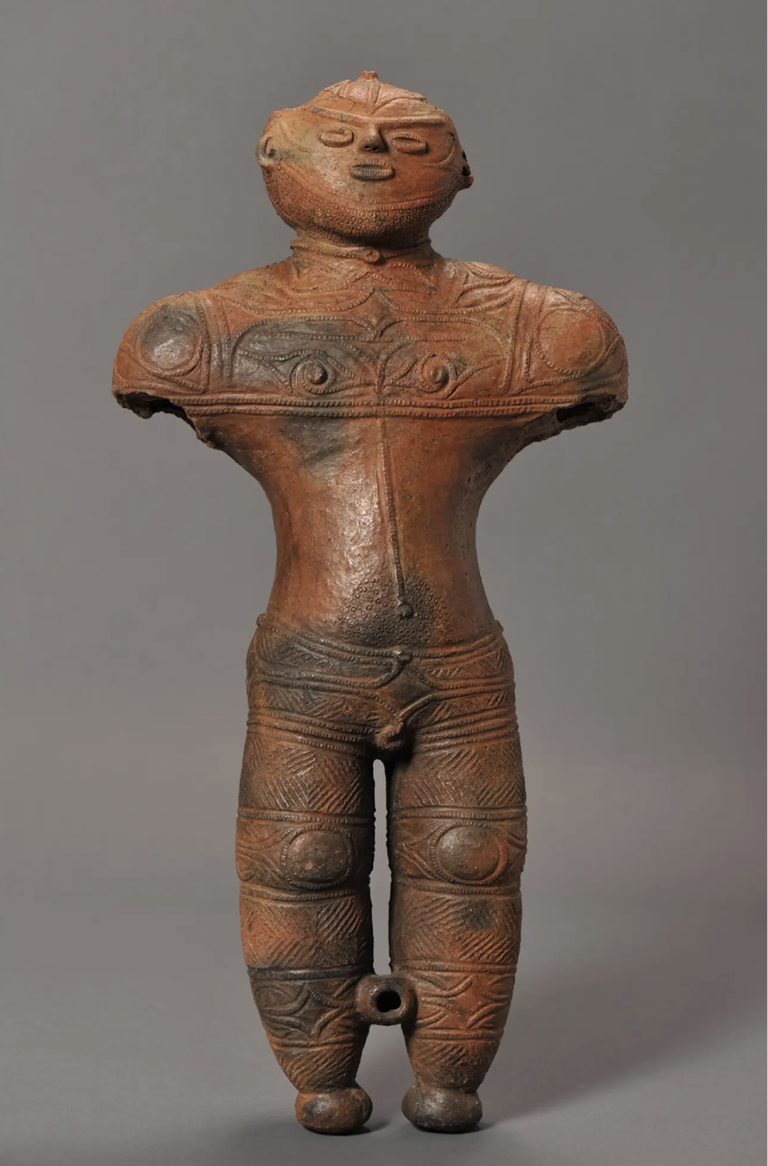
National Treasure "Hollow Clay Dolls" (Hakodate City Collection, Exhibition Period: November 1st - November 30th)
A highlight of the exhibition is the special presentation of two national treasure clay figurines: the "Jomon Goddess" and the "Hollow Clay Figurine." Clay figurines are the most unique and representative cultural heritage of the Jomon period, with nearly 90% depicting women. Archaeological research generally suggests that clay figurines were ritual instruments used to pray for the safety of mothers and children, the fertility of offspring, and a bountiful harvest. Many clay figurines were intentionally destroyed after the ritual, perhaps symbolizing a wish for the gods or a warding off disasters for the living.
The shapes of clay figurines have evolved from the abstract, flat, and small forms of early clay figurines to complex, dynamic, and three-dimensional figurines. Many female clay figurines feature prominently bulging abdomens and full breasts, vividly expressing a worship of the fertility of life and the earth. For example, the characteristic large eyes of a type known as a "light-blocking clay figurine" are believed to represent the all-seeing eyes of a deity or the mask worn by a shaman presiding over a ritual.
The exhibition brings together five clay figurines of light shields from different archaeological sites, forming a rare thematic display:
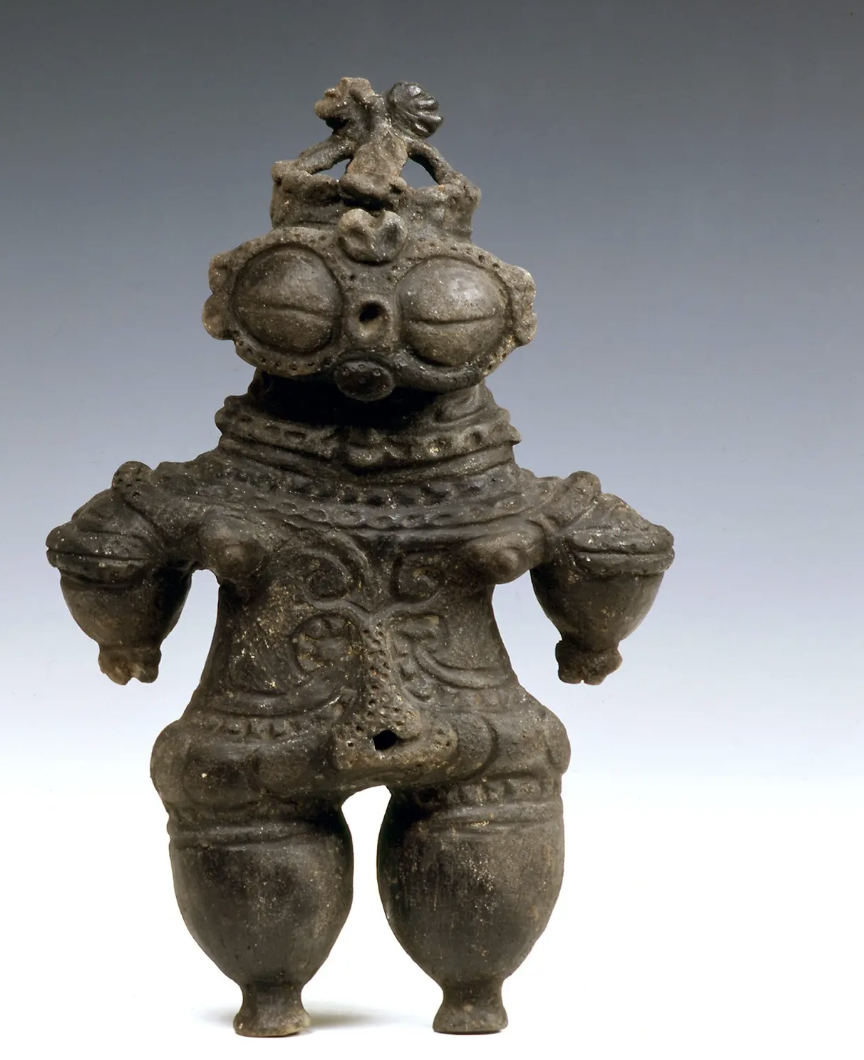
"Important Cultural Property: Doji with Light Shading Device," excavated from the Teshiromori site in Iwate Prefecture (owned by the Agency for Cultural Affairs and stored at the Iwate Prefectural Museum)
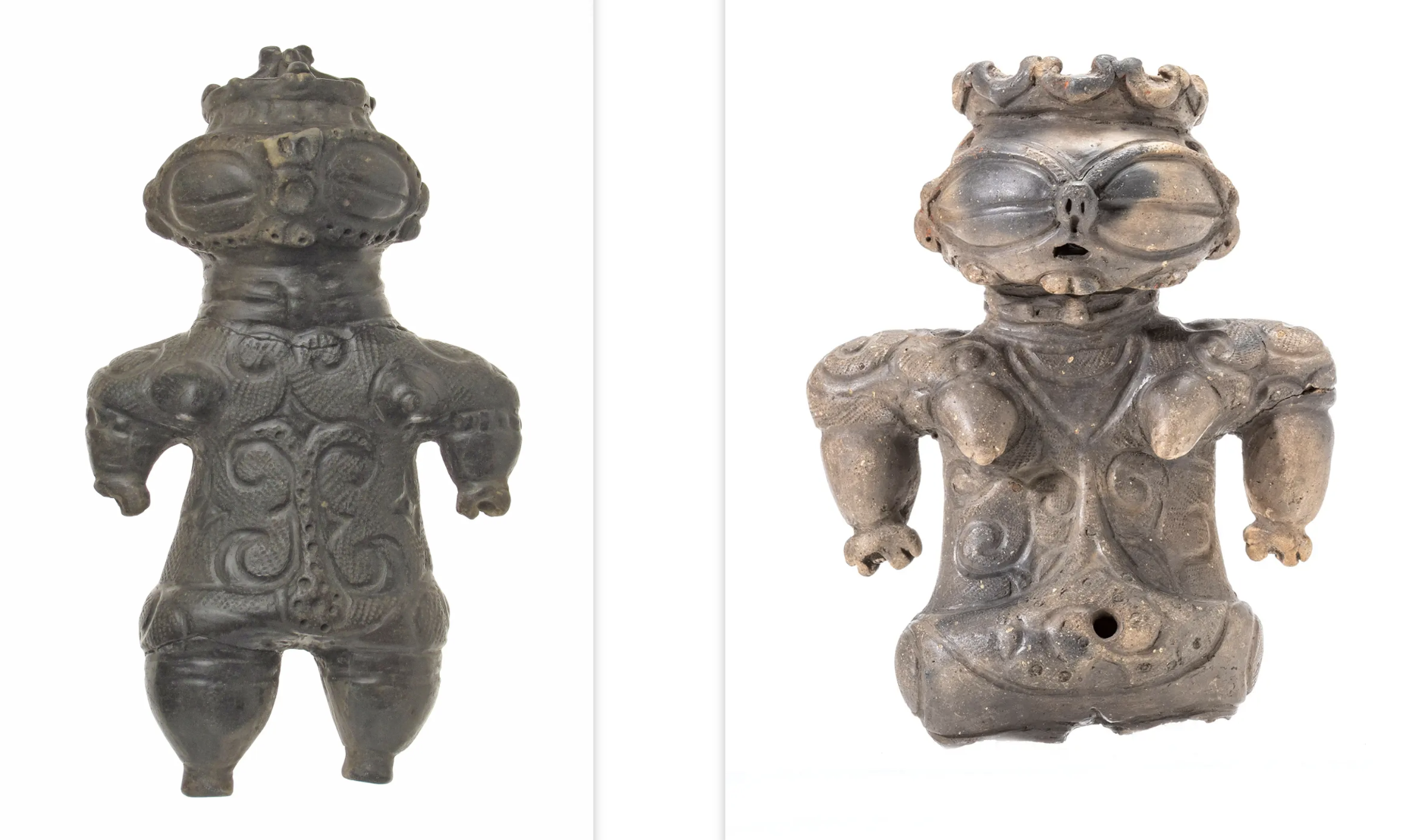
Left: "Shade-blocking Doll" unearthed from the Toyooka site in Iwate Prefecture (Iwate Prefectural Museum). Right: "Shade-blocking Doll" unearthed from the Yokamachi site in Aomori Prefecture (Aomori Prefectural Museum of Local Culture, Fuyundo Collection).
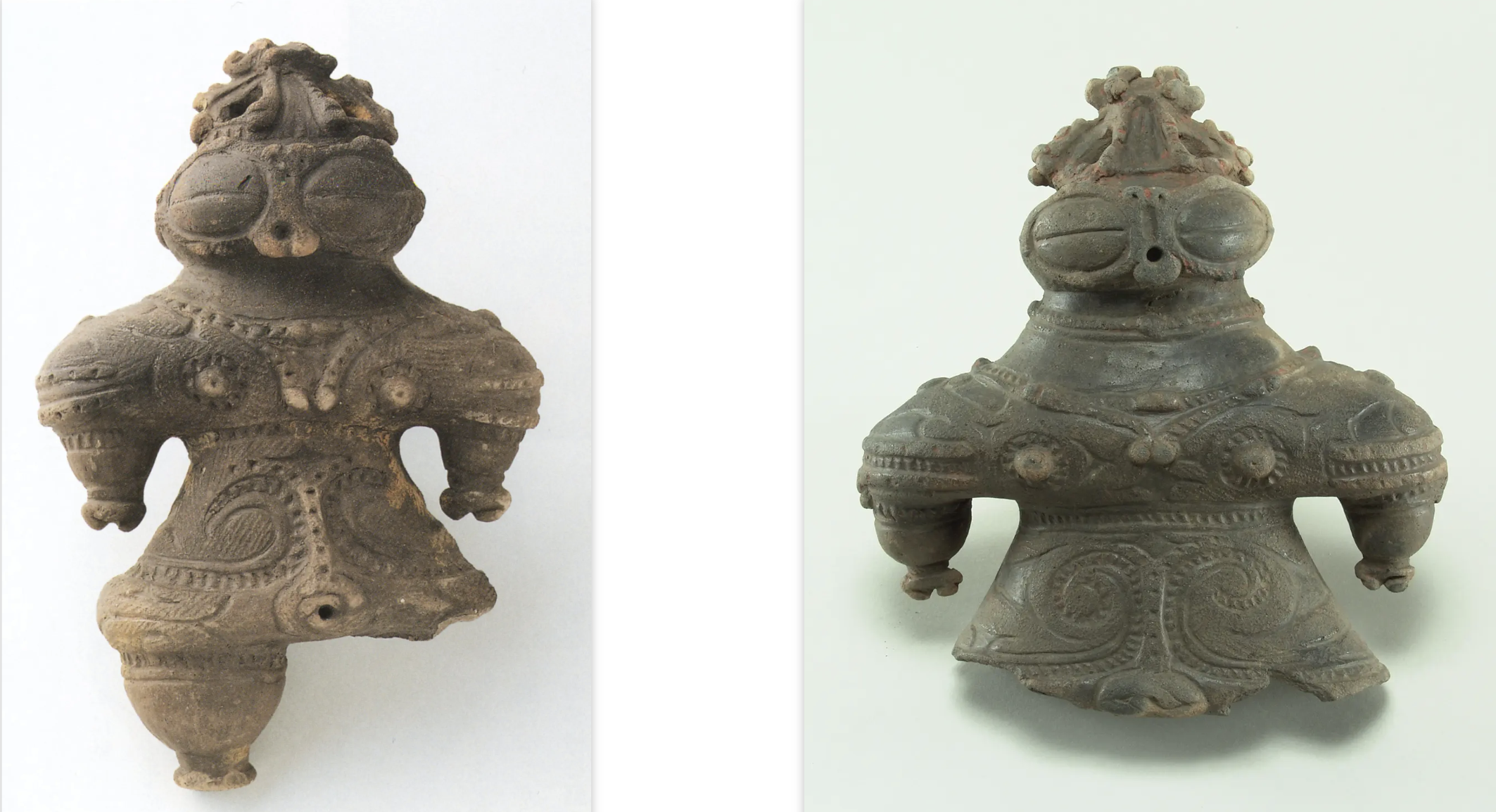
Left: "Shade-blocking Doll" excavated from the Hoshinomiya site in Akita Prefecture (collected by Daisen City). Right: "Shade-blocking Doll" excavated from the Fujitsu site in Akita Prefecture (collected by the Graduate School of Letters, Tohoku University).
Three major timelines, systematically interpreting the Jomon civilization
The exhibition constructs a three-dimensional Jomon world for the audience through three timelines: "Ten Thousand Years of Jomon", "The Life of a Jomon People" and "A Year of a Jomon People".
Early Jomon pottery consisted primarily of deep bowl-shaped eating vessels, simple in shape and with unadorned patterns, for daily use. By the middle and late Jomon periods, pottery forms gradually diversified, with the emergence of spouted earthenware (used for pouring liquids during rituals) and incense burners.
Pottery patterns also evolved from simple rope patterns to more decorative styles such as spirals and raised ridges. Some specialized pottery may have been used in rituals to pray for a prosperous population and a good harvest, demonstrating the Jomon people's ability to elevate everyday utensils into carriers of faith.
"Ten Thousand Years of the Jomon Period" traces the technological and social developments of the Jomon period through the evolution of pottery and tools, as well as changes in settlement size. Highlights include flat clay figurines and shallow, lacquered earthenware bowls.
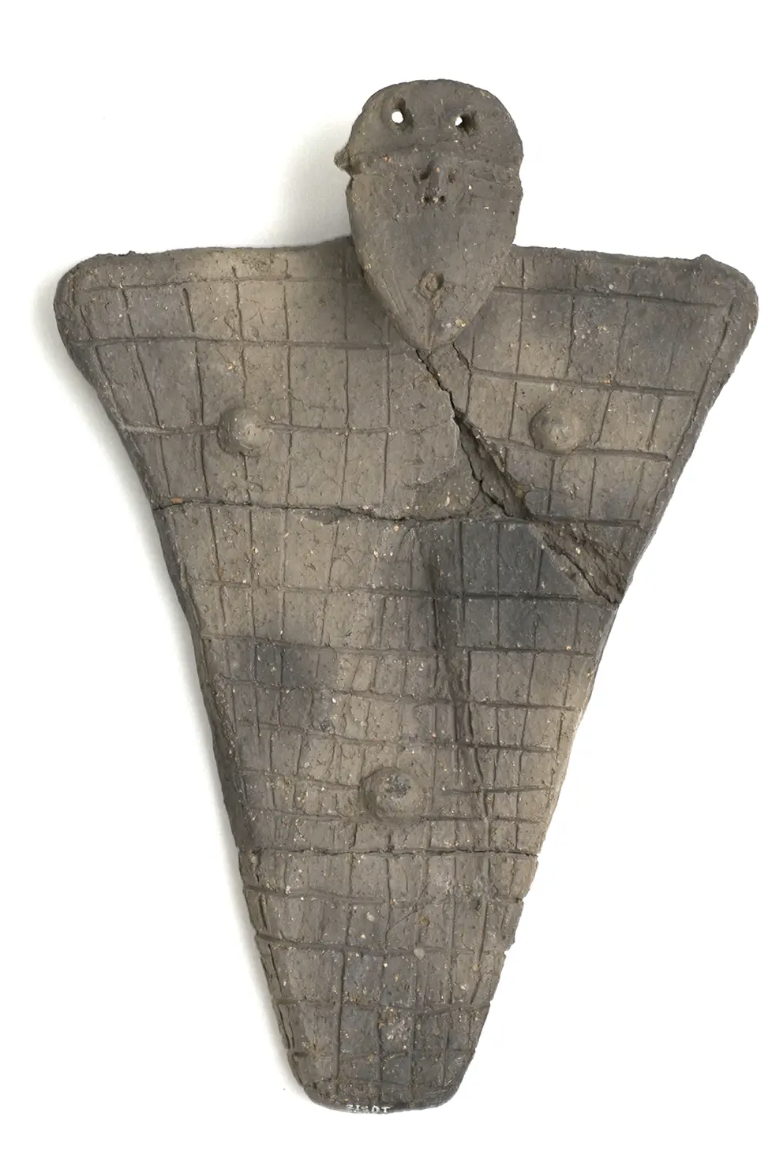
Plate-shaped clay doll (Kita-Akita City Collection)
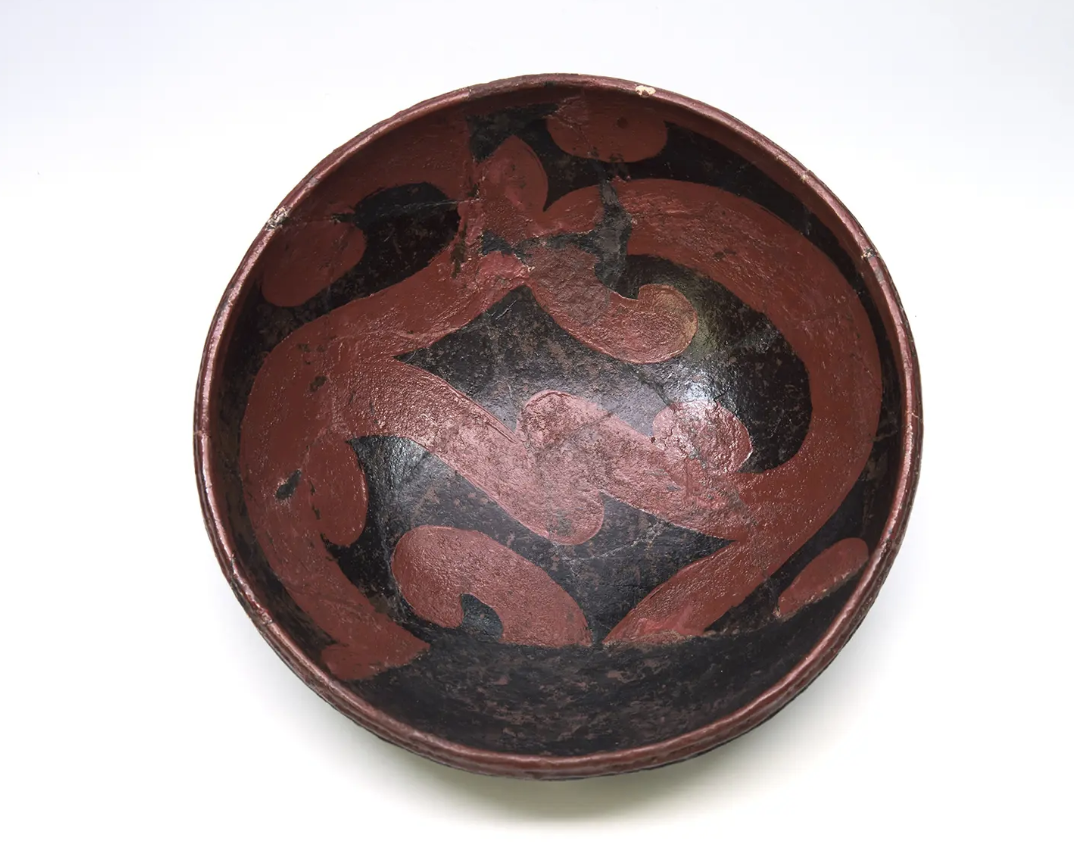
A shallow bowl-shaped earthenware vessel with colorful lacquer coating (Aomori Prefectural Museum of Local Culture, Fuyundo Collection)
These artifacts show the evolution from early Jomon to middle-period "flame pottery", reflecting the sublimation from practical to sacrificial functions.
The "Life of the Jomon People" section reconstructs the life story of the Jomon people, from birth to death, through clay figurines depicting birth and child-rearing, ornaments, and actual human bones from burials. Key exhibits include squatting clay figurines and deer antler waist ornaments.
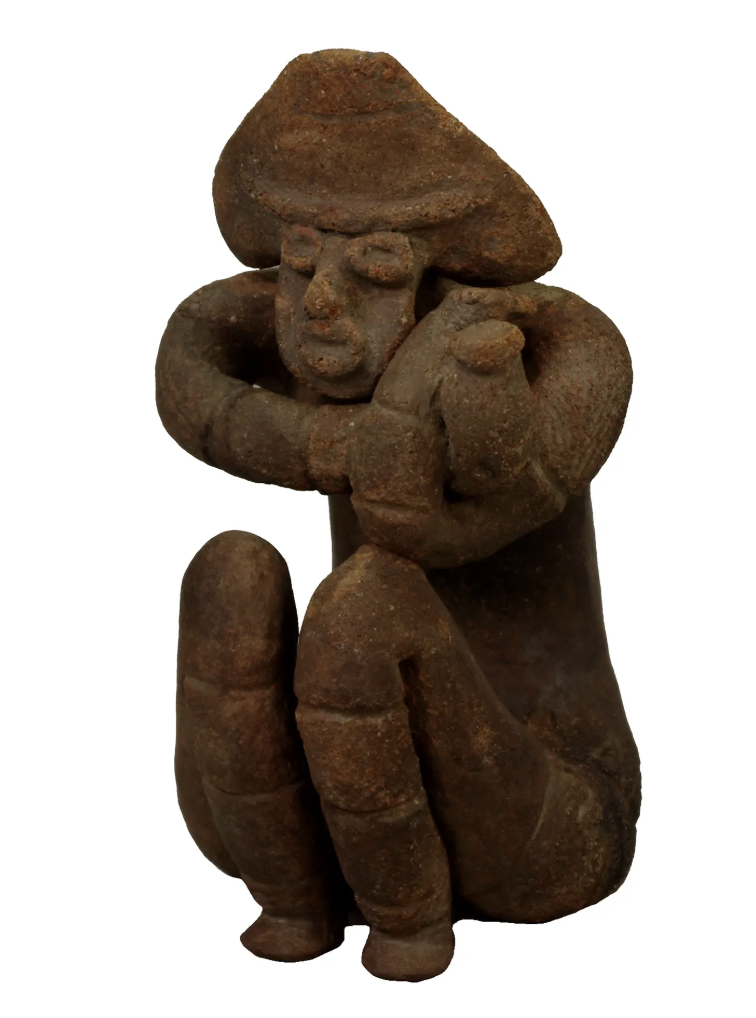
Squatting clay figurine, an important cultural property of Japan (from the Fukushima City collection)
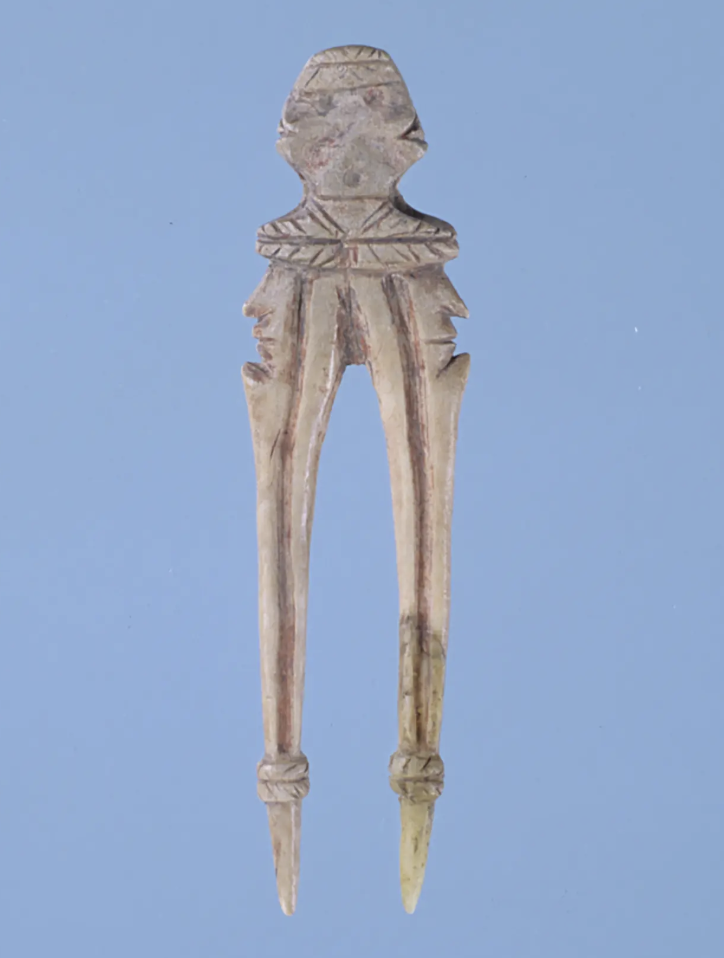
Hair ornaments (from the Northeast History Museum)
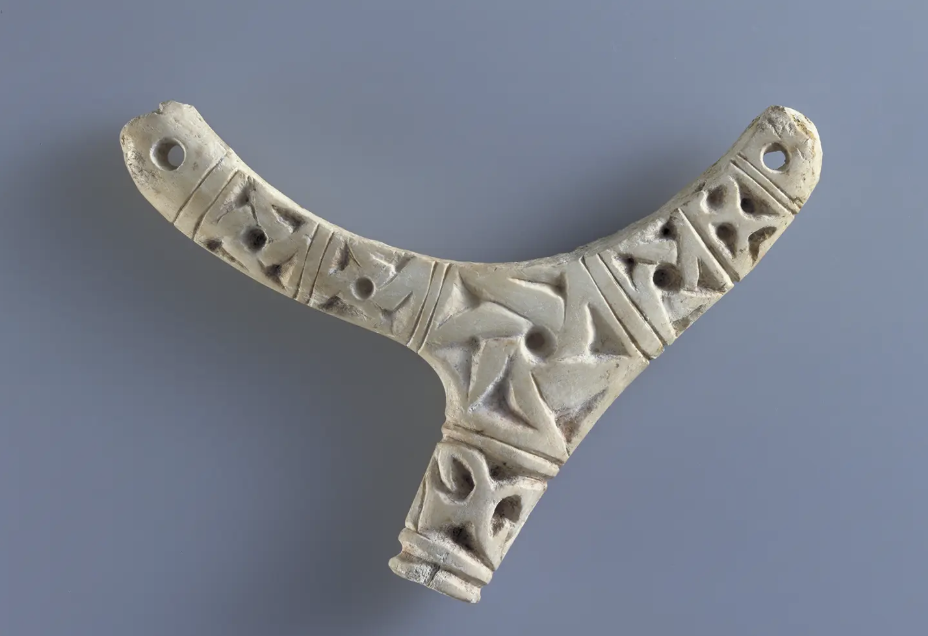
Important Cultural Property: Deer Antler Waist Ornament (from the Tohoku History Museum)
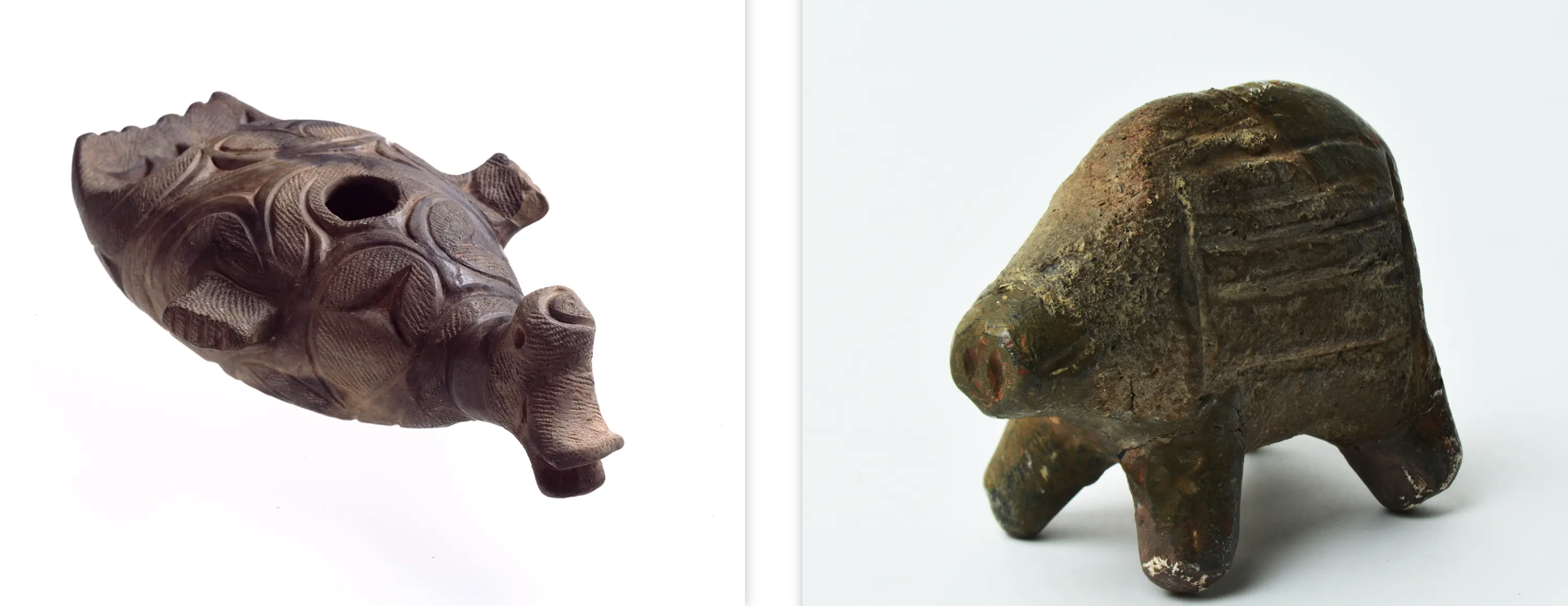
Left: Animal-shaped clay figurines (from the Chitose City Board of Education) Right: Animal-shaped clay figurines (from the Hakodate City Museum)
The third unit, “A Year in the Life of the Jomon People,” uses a variety of media, including physical materials, models, specimens, and images, to recreate the sustainable lifestyle of the Jomon people, who coexisted with nature, such as fishing gear and mushroom-shaped earthenware.
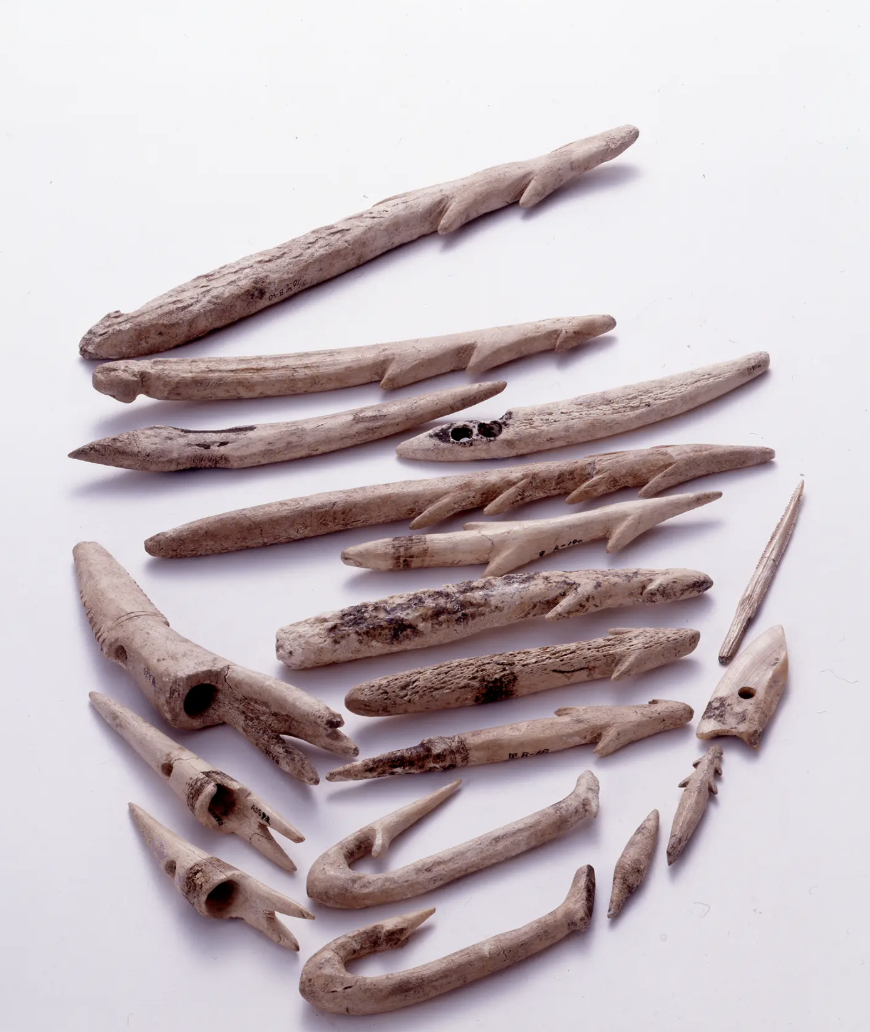
Important Cultural Property Fishing Gear (from the Tohoku History Museum)
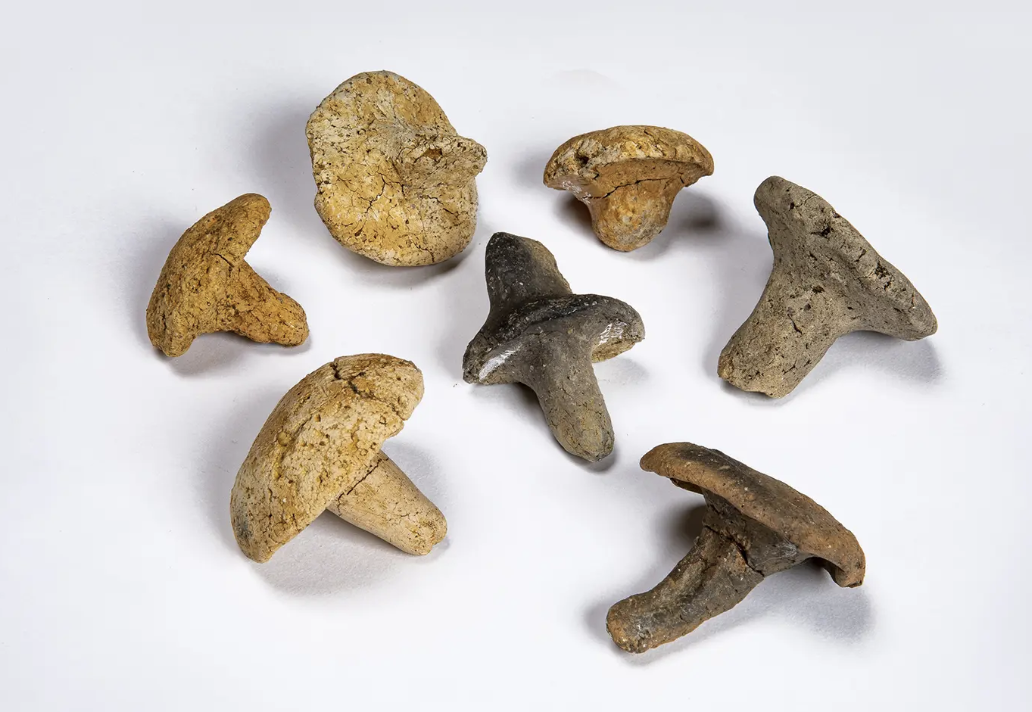
Mushroom-shaped clay figurine (from the Kazuno City Board of Education)
According to the curators, this exhibition is not only a comprehensive display of cultural relics, but also a spiritual dialogue with a civilization spanning thousands of years. Through the collection of precious artifacts from the Jomon prehistoric sites of northern Japan, particularly numerous National Treasures and Important Cultural Properties, visitors will be able to personally experience the unique aesthetic consciousness, spiritual beliefs, and wisdom of coexisting with nature of the Jomon period.
Exhibition period: October 4-November 30, 2025
Reference sources: Kyoto Museum of Culture, Japan Tourism Agency official website, "A General History of Japanese Culture" (Ye Weiqu)
